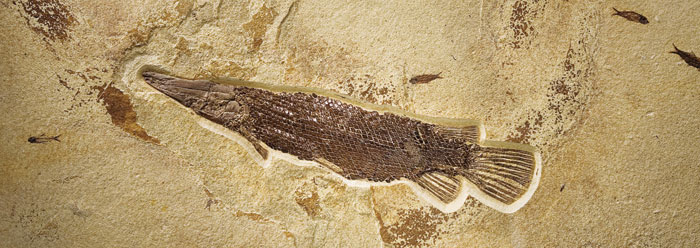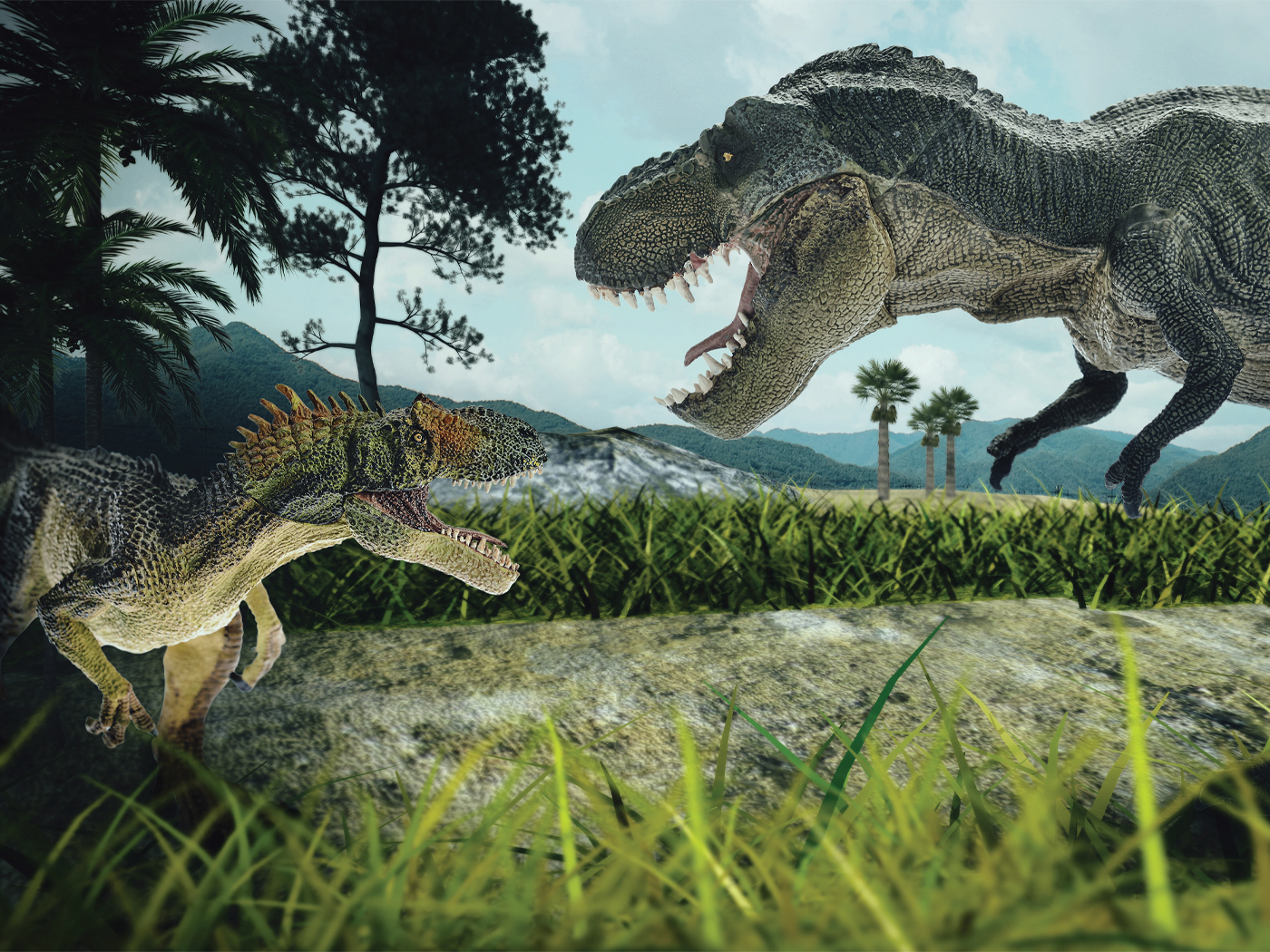
Living Fossils Display No Signs of Evolution's Long Ages
Sometimes called “Lazarus taxa,” living fossils are organisms that were thought to be extinct, only to turn up alive in modern populations. Ranging from magnolia flowers to gar fish, and from single-cell algal filaments to lobsters, the living counterpart looks so much like its fossilized predecessors that identification down to the species level is often possible.
One of the most spectacular living fossils is the coelacanth, a lobe-finned fish. Once known only from fossilized remains, this fish was considered by many to be a key transitional form (“missing link”) between fish and amphibians. Its fossils are found in Devonian strata, which are assigned a stunningly vast age of 400 million years. However, a live coelacanth hauled up in a fishing net off Madagascar in 1938 showed the same well-designed form as the fossils. It uses its unique fins to orient itself vertically in the deepest seas of the Indian Ocean, not for “walking” onto land from shallow waters. Where is any evidence of natural selection having made even one significant change in this fish over its supposed 400-million-year existence? A similar question could be asked of a host of living fossils.
The most straightforward explanation for why the living form looks so much like the fossilized one is that instead of eons of evolution having taken place, both were created recently.




